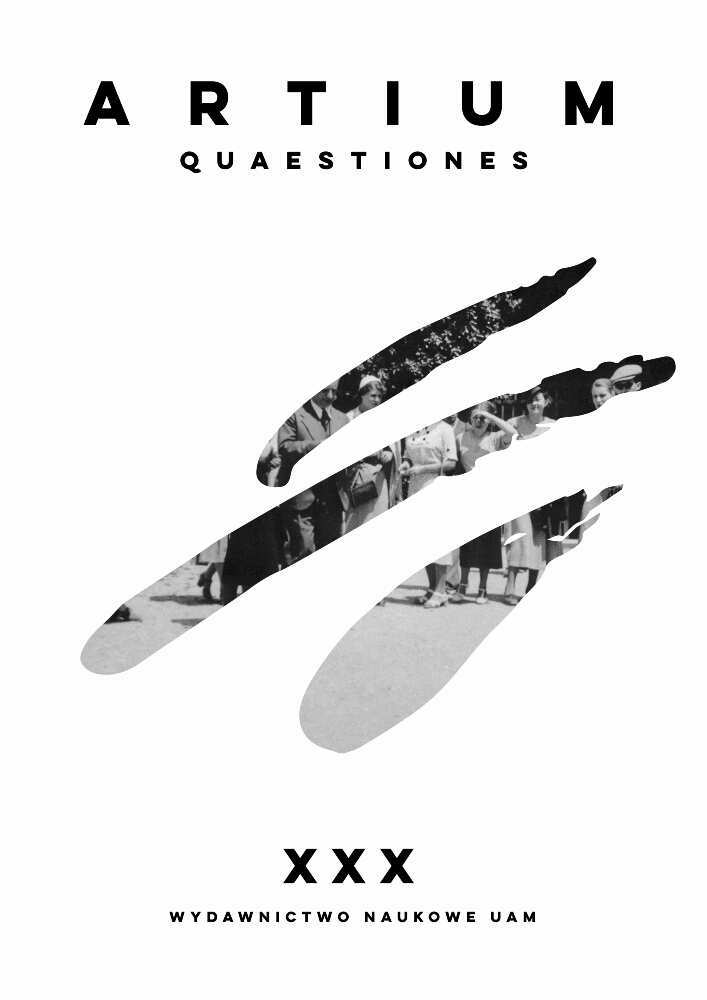Abstract
The present paper is reminiscence and an attempt to reconstruct the intellectual heritage of art history as it was practiced at the University of Poznań in the late 1960s and throughout the 1970s in the context of new developments in cultural theory and changing research interests. Besides, it includes the author’s account of his own academic work in that period, began in the 1960s and inspired in particular by the year 1968 that brought a social crisis and a cultural revolution, as well as introduced the element of imagination into academic knowledge and critical thought. The author draws a wide panorama of intellectual stimuli which contributed to an epistemic and methodological turn, first in his own scholarly work and then in the work of some other art historians in Poznań. Those turns opened art history at the University of Poznań to critical reading of artistic practices approached in relation to other social practices and subjects of power. As a result, four key problems were addressed: (1) the position of contemporary art in research and teaching, (2) the necessity to combine detailed historical studies with critical theoretical reflection, (3) the questioning of genre boundaries and ontological statuses of the objects of study and the semantic frames of the work of art, and finally, in connection to the rise of an interdisciplinary perspective, (4) the subversion of the boundaries and identity of art history as an academic discipline. Then the author reconstructs the theoretical background of the “new art history” that emerged some time later, drawing from the writings of Walter Benjamin, the French structuralism, Theodor Adorno’s aesthetic theory, and Louis Althusser’s interpretation of the concept of ideology. Another important problematic was the avant-garde art of Poland and other East-Central European countries, studiedin terms of artistic geography and the relations between the center and periphery. The conclusion of the paper presents a framework marked with the names of Aby Warburg and Max Dvořák, which connected the tradition of art history with new developments, took under consideration the seminal element of crisis, and allowed art historians to address a complex network of relations among the artist’s studio, the curator’s practice, the scholar’s study, and the university seminar, as well as the West, the Center, and the East. At last, the author remembers the revolutionary, rebellious spirit and the lesson of imagination that the Poznań art history took from March and May, 1968.
References
Feyerabend P.K., Against Method, London and New York 1993
Foucault M., Przedmowa do transgresji, tłum. T. Komendant, w: Powiedziane, napisane. Szaleństwo i literatura, wybrał i oprac. T. Komendant, Warszawa 1999
Kryzysy w sztuce. Materiały z sesji Stowarzyszenia Historyków Sztuki, Lublin, grudzień 1985, red. E. Karwowska, Warszawa 1988
Proceedings of Les relations du constructivisme d’Europe de l’Est et d’Europe Centrale avec l’avant-garde des deux premiers décénnies du XX siècle conference, Gołuchów 1980, Ligeia, 1989, 5–6, s. 31–131
Turowski A., Konstruktywizm wschodnio- i środkowoeuropejski w powiązaniu z awangardą dwóch pierwszych dekad XX wieku, „Artium Quaestiones” 1983, 2, s. 188–190
Turowski A., Existe-t-il un art de l’Europe de l’Est?, Paris 1986
Wallerstein I., Utopistics: Or Historical Choices for the Twenty-First Century, New York 1998
Zola É., J’accuse!, „L’Aurore” 13 stycznia 1898
License
The copyrights are regulated by author's statement and publication agreement prepared by Adam Mickiewicz University Press. The authors are responsible for the originality of texts published and regulating the copyrights of accompanying visual materials, unless the materials come from the Editorial Team.
This work is available with the following licence: Attribution-NonCommercial-NoDerivatives 4.0 International License
Attribution-NonCommercial-NoDerivatives 4.0 International License
